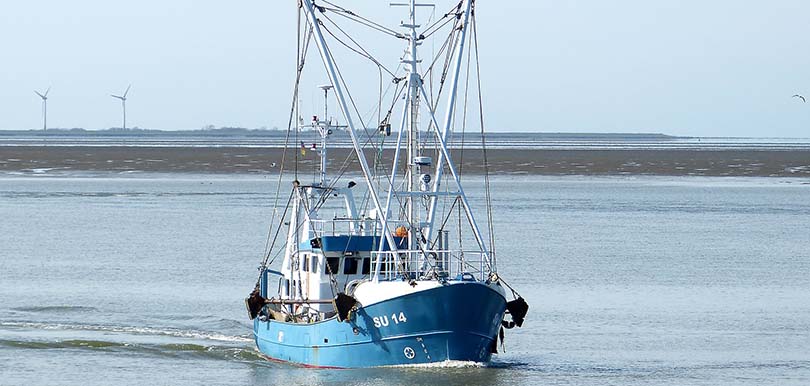Our oceans are growing warmer – including the North SeaOnce a month, climate researchers report on their latest findings in the newspaper “Hamburger Abendblatt”. Corinna Schrum is an oceanographer and analyses how climate change affects the North Sea.
20 January 2017, by Franziska Neigenfind

Photo: pixabay.com
Once a month, climate researchers report on their latest findings in the newspaper “Hamburger Abendblatt”. Corinna Schrum is an oceanographer
How is climate change affecting the North Sea? From the Wadden Sea in the English Channel to the sheer cliffs of the Shetland Islands, researchers are investigating that question. Together with my colleagues at the Helmholtz Centre for Materials and Coastal Research in Geesthacht, I am looking into how seas and coasts are influenced at the regional level. Collaborating with international researchers, we’ve now compiled the latest findings on the entire North Sea region in a single report. It’s a veritable treasure trove for oceanographers like me, and for decision-makers of all kinds – because changes in sea levels affect e.g. the planning of coastal protection measures. And factors like which fish species migrate to other waters and which new ones take their place are important for the fishing industry. For instance, today there are more sardines in the North Sea, because the waters have grown warmer.
The analyses confirm: sea levels in the North Sea have risen by ca. 15 centimeters over the past 100 years, and show no sign of slowing down. At the same time, the sea has grown significantly warmer since the late 1980s. Though there have been natural fluctuations since the beginning of record-keeping, temperatures in the North Sea have risen by an average of 1.5 degrees Celsius in the past three decades – far more than in the past. The observational data can’t tell us whether or not these changes are the result of greenhouse-gas emissions.
Regional climate models, which use mathematical equations to precisely describe the physical processes at work in the North Sea system, can help us track down the causes. For example, I can feed global climate changes from different levels of greenhouse-gas emissions into the models. If the results change, we can safely say that rising emissions levels are the root of the problem. That’s why we expect to see a number of changes in the North Sea through the year 2100: it will continue to warm and sea levels will rise, the waters will become more acidic, salinity will decrease, and fewer plankton will be produced.
Yet it’s difficult to predict exactly how pronounced these effects will be. For example: regional models project that sea levels in the North Sea will rise by 30 to 100 centimeters by 2100 – a very broad range, which is due to a number of question marks: first of all, there are uncertainties in the models themselves. Secondly, we don’t know what levels of greenhouse gases will actually be emitted in the future. Thirdly, it’s difficult to estimate how much freshwater will be added from melting glaciers. Not to mention tectonic shifts, which can cause land to rise or sink locally – all of these factors also influence sea levels.
So we know changes are coming, but how extreme will they be? Our task now is to further refine the models we use, allowing them to deliver more precise forecasts.
